2019 is the “Year of the Pig”
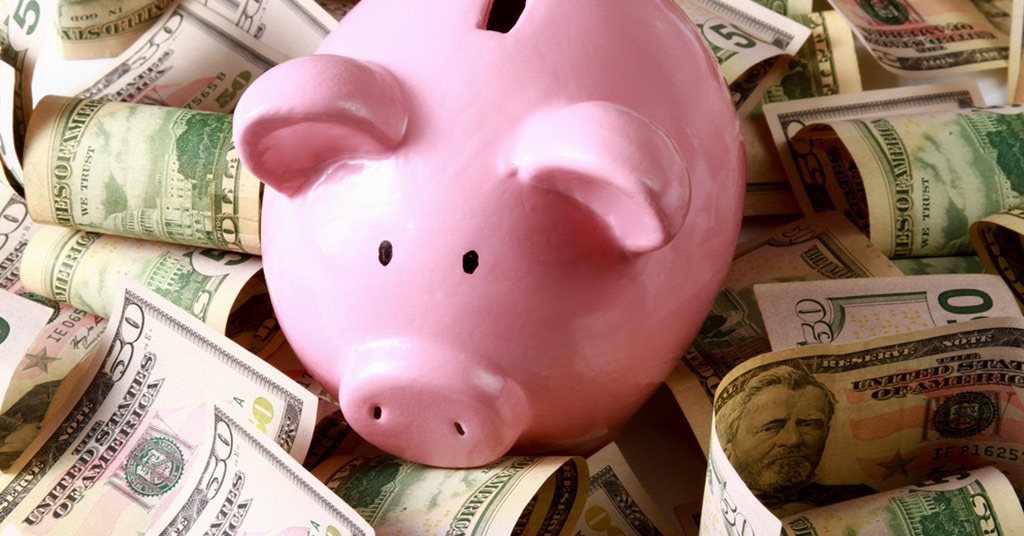
Outcomes of 2018 and what to expect for 2019. Source: shutterstock.com
2018 was a great year for mobile payment and e-commerce, so there is no reason to doubt that 2019 will not continue this trend.
PaySpace Magazine offers you to consider what we have had in 2018, and anticipate what we will possibly have in 2019.
From mobile payments to ambient commerce
Firstly, we’d like to remind you that according to statistics, 52% of all internet traffic in 2018 was registered through mobile devices. In comparison, it was 50% in 2017, and 43% in 2016. What’s more, mobile devices accounted for approximately 45% of all online purchases (and it was just 35% in 2017). That makes us believe that in 2019 this rate will be even higher.
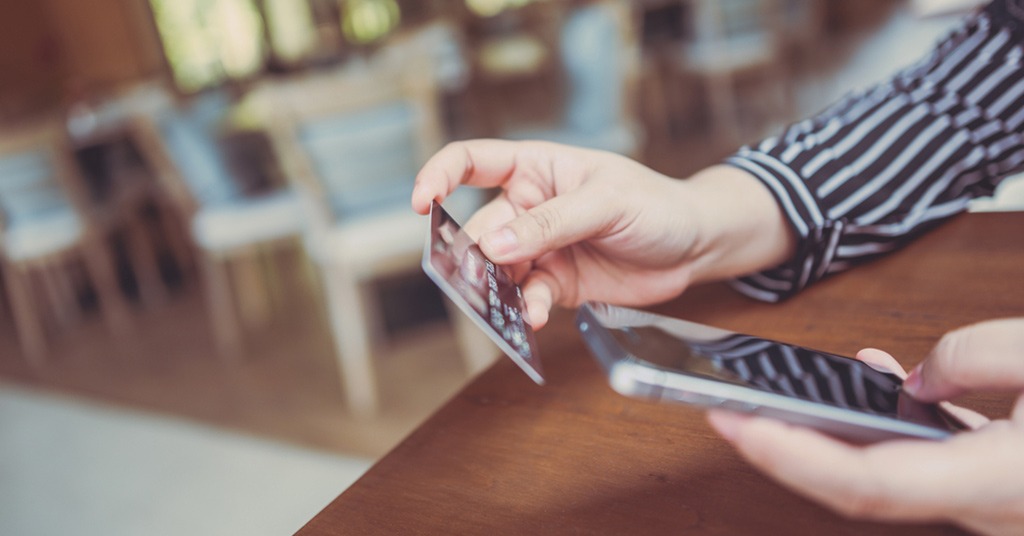
From mobile payments to ambient commerce. Source: shutterstock.com
Experience of 2017-2018 has taught us that:
- Gadgets, endowed with chips, are able to detect malfunctions, hence alert us when there is a need for the replacement of defective or malfunctioning parts.
- Fridges are able to notify us when we are running out of food, and they can even reorder groceries, due to special sensors that detect a quantity of supply.
- Wearables, such as smartwatches, shoes, or even smart jackets, are in charge now for providing diet tips, workout exercises, or even sleeping patterns (smart alarm clock apps).
- Automobiles can measure the fuel load, and alert us if we are running out, and even reorder it (without the need for you to leave a vehicle).
Payment options are embedded in so many devices today, that we will gradually forget about mobile payments (maybe not entirely, but rather mostly) by the end of the next decade. Consumers will have no need for an intermediary in the form of smartphone, which would merely make them do extra steps to order what they need.
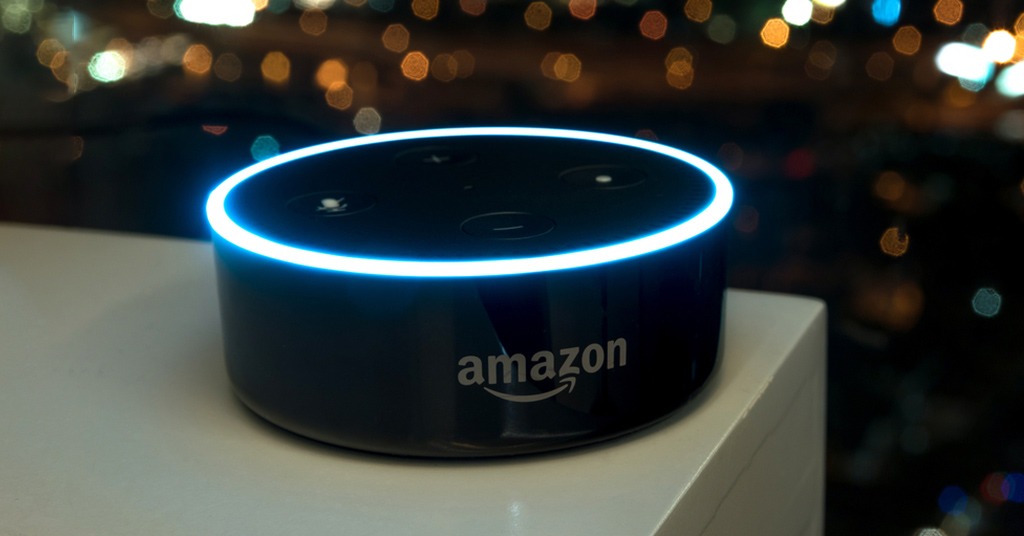
Mobile payments are slowly but steadily shifted by so-called “ambient commerce”. Source: shutterstock.com
However, there is one more interesting option which comes up here, and it is with regard to voice-controlled devices.
According to research, in early 2018, no less than 28% of all consumers worldwide had a voice-activated device, and more than 60% have already been using it to make an online purchase.
That’s the thin line, where mobile payments are slowly but steadily shifted by so-called “ambient commerce”.
If you are still not sure, then it will be useful for you to know that in early 2019, Amazon claimed that they sold more than 100M devices with its Alexa smart assistant. In other words, today, no less than 100M consumers own voice-controlled, connected POS endpoints, to order with the help of their voices more and more.
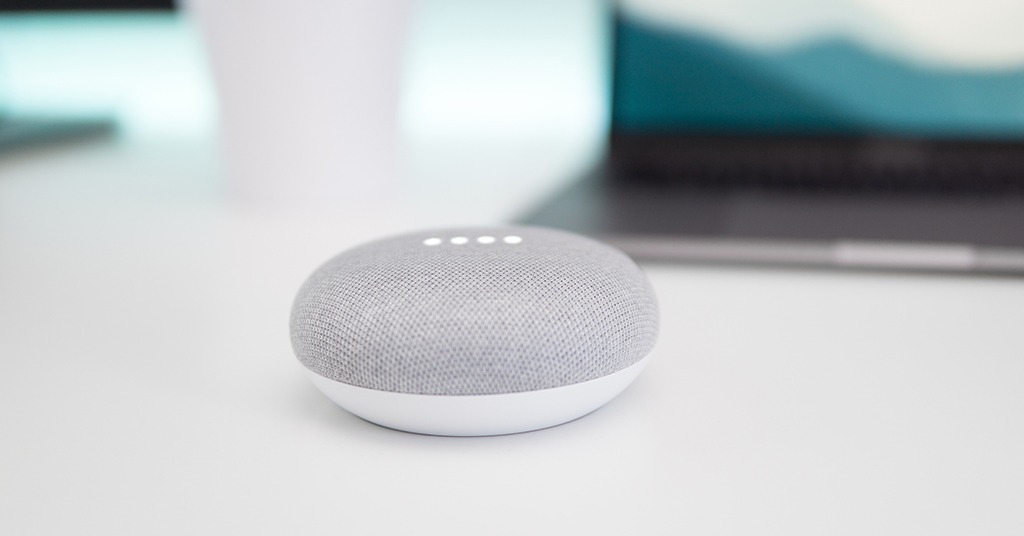
No less than 100M consumers own voice-controlled, connected POS endpoints. Source: unsplash.com
As we said before, when consumers need to buy something online, they become reluctant to be distracted from texting, dishwashing, playing with children, watching TV, working, etc. And this happens for a good reason. Why should they, if they can do this simultaneously (or a device can even order items by itself) nowadays?
From POS to remote payments
According to Visa, no less than 50% of all transactions conducted in a bricks-and-mortar store are made using contactless methods.

50% of all transactions conducted in a bricks-and-mortar store are made using contactless methods. Source: shutterstock.com
One very interesting research was conducted in late 2018, where 5000 shoppers were free to use a payment option they preferred. 10% of consumers chose a mobile device to purchase groceries, 25.1% used the same option to pay for their meals in QSRs and 30.4% bought clothes with the help of mobile gadget.
Furthermore, in the first days of January 2019, another experiment took place. 5,349 shoppers had to answer simple questions about the way they paid for purchases, or how they ordered items online. 15% of them said that they paid for groceries they ordered beforehand or on delivery, and 73% of consumers used either mobile or voice-controlled devices.
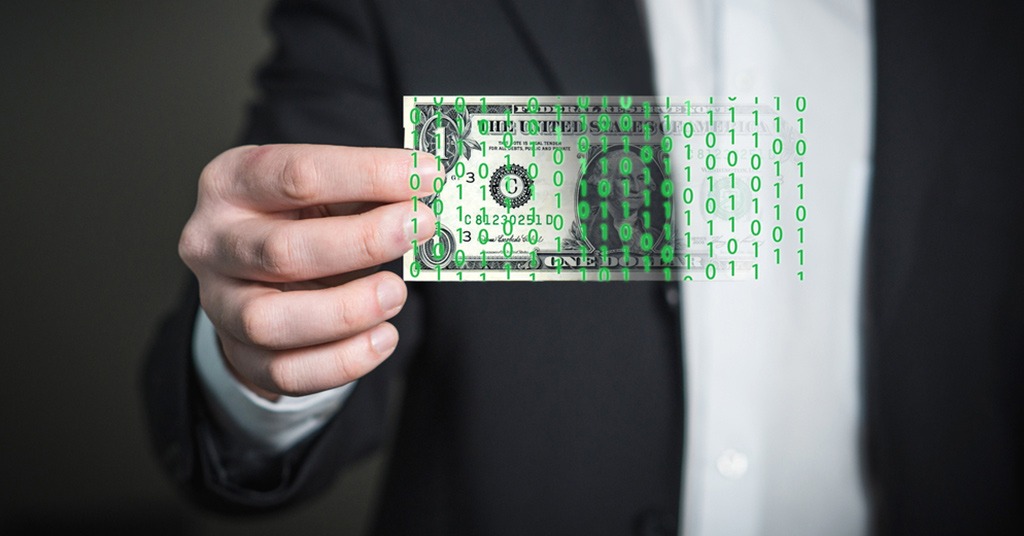
We believe that very soon we will forget about cash register queues, and such phenomena as checkout counters completely. Source: shutterstock.com
That merely means that nowadays mobile and voice-controlled devices are giving consumers the ability to choose the way they want to purchase things, and a payment option.
It is hard to predict the exact date, but we believe that very soon we will forget about cash register queues, and such phenomena as checkout counters completely.
“Pay now and collect in store later” is not a futuristic dream today, it is already here. Shopping apps, smart shelves, mobile self-checkout, etc, all leading to retail without checkouts, and hence POS.
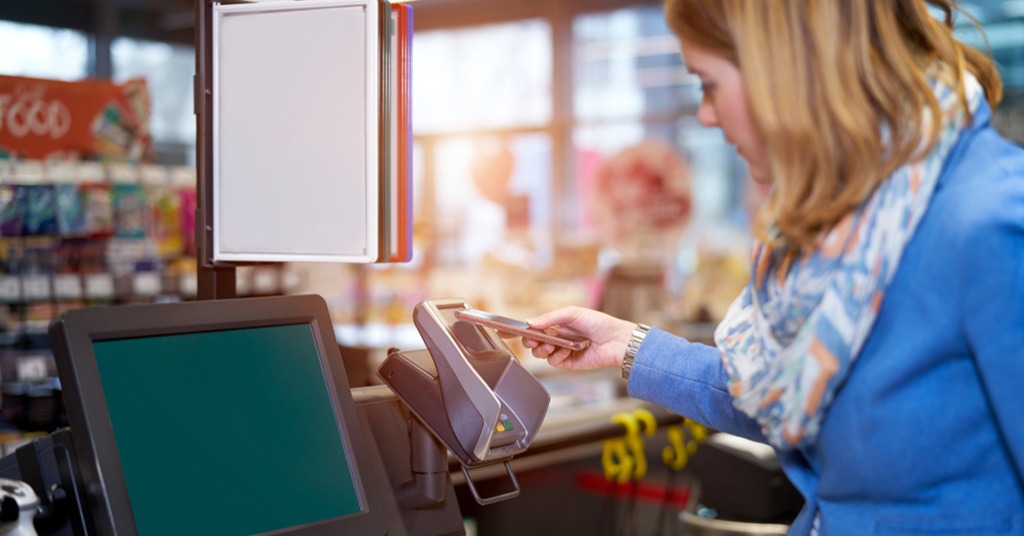
2019 will be a new step towards the seamless, cashierless, remote/contactless payment era. Source: shutterstock.com
Moreover, most customers are rather tired of importunate sales assistants relentlessly annoying them with questions like “How can I help you?” or “Are you looking for anything in particular?” Sometimes you just want to answer “Come on, are you serious? It’s the 21st century, people already know what they have come for and rarely go shopping randomly (maybe just in order to find a bargain)”. Anyway, 2019 will be a new step towards the seamless, cashierless, remote/contactless payment era.
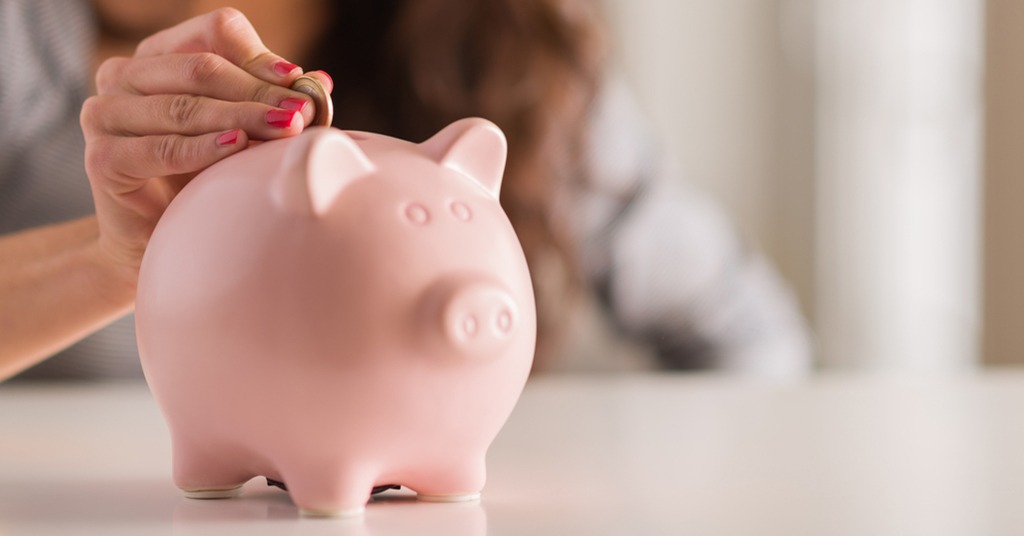
2019 is the “Year of the Pig”. Source: shutterstock.com
To sum up, we’d like to remind the tagline “2019 is the “Year of the Pig”. It really is, according to the Chinese calendar.
On the one hand, it sounds like “year of the sloth”. Pigs are not known for their wisdom, vigor, and business aspirations.
On the other hand, these animals are considered to be jolly and fortunate, so according to the same (Chinese) beliefs, 2019 will be the year of good fortune, with a large amount of glibness and humor, and this is exactly what we wish you, and what we expect too.








